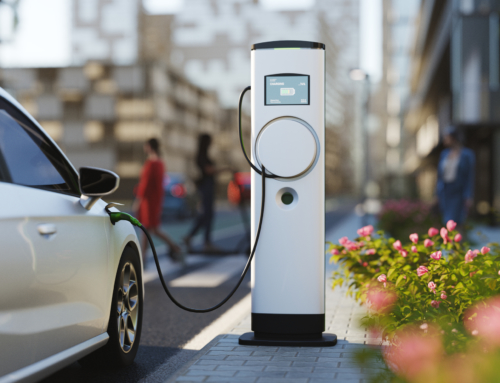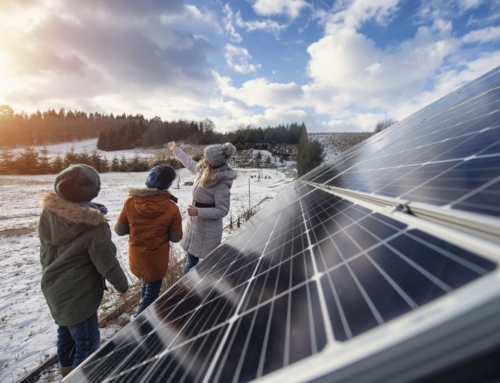How do you choose energy-efficient appliances? While there are several important considerations, many consumers are looking toward energy-efficient models because these appliances are more sustainable and come with a variety of other benefits. Follow these tips as you consider which appliances to use.
Read Energy Rating Labels
The first step is learning how to read energy rating labels. These labels tell consumers how much energy an appliance is likely to use. They also allow quick and easy comparisons between brands and models.
In the United States, label information is standardized by the U.S. Department of Energy. Appliances that meet specific qualifications can use the EnergyStar Label, differentiating between energy-efficient and less efficient models. The department also requires most appliances to use an EnergyGuide Label to keep consumers informed about the product they’re purchasing. Here is what those designations mean:
EnergyStar Label
The Environmental Protection Agency works with third-party certifiers to evaluate which products earn this prestigious label, sporting the blue and white Energy Star logo. When you see this label, it means the appliance you’re looking at has met specific energy-efficiency standards established by the federal government. This means that appliances with this label are proven more energy efficient than the minimum standards required by law.
The designation can be assigned to anything in the home that consumes energy, from kitchen appliances to windows, as long as the item passes the certification process. Choosing an EnergyStar product is a significant first step in considering energy-efficient appliances.
EnergyGuide Label
EnergyStar labels are saved for products that meet specific requirements, but the EnergyGuide label is required for most appliances. This yellow and black label contains several data points about the appliance, including energy usage and estimated operating costs.
These standardized data points allow consumers to compare appliances to one other, even across model years or brands. They also allow consumers to compare the factors that matter most to them. For example, if you are buying a new refrigerator, you can compare the data points on the EnergyGuide label from your old fridge to newer models to find a similar or more efficient one.
Typically, lower estimated yearly electricity use equals a more energy-efficient product.
Consider Which Appliances Use the Most Energy
You’ll see the most significant difference in energy consumption between efficient and less efficient models for appliances that take a lot of energy to operate, no matter which model you choose. To change your consumption habits, you can focus your research and other efforts on the biggest energy users in your home. Three factors typically inform how much energy an appliance uses: size, temperature, and frequency of use.
Large Appliances
On average, the bigger an appliance, the more energy it uses. This means your oven will likely use more energy than your toaster, even though the two appliances perform similar tasks.
Heating and Cooling Appliances
In a home, appliances that heat or cool typically require the largest amount of energy to run. A furnace, a freezer, and a clothes dryer run on significant energy. This is because it takes more energy to change the temperature of something than it does to simply run a motor.
Frequently Used Appliances
Of course, the more often you use an appliance, the more energy it consumes over time. Daily-use systems that you never turn off typically take the most energy.
In an average home, the clothes dryer and refrigerator are large appliances used regularly, and along with air conditioners and heating systems, they typically use the most energy. This is because they meet all three criteria for high energy consumption; they are large, frequently used systems that heat or cool. The more energy-efficient you can make these in your home, the greater your overall energy savings.
Use Appliances Thoughtfully
After carefully considering your options and purchasing your chosen appliances, how you use those appliances can affect their efficiency. Here are some tips for optimal use:
- Utilize the manufacturer’s guidance for installation. For example, a clothes dryer should have enough room to vent heat to run most efficiently. Proper installation of all your appliances will help maximize energy efficiency.
- Consider your usage habits. Run dishwashers and clothes washers when full rather than running half loads, which automatically creates less efficiency because they are used twice as often. Other appliances run more efficiently when they aren’t overfilled—clothes dryers work faster with moderate loads, and refrigerators keep food cool more easily when there is room inside for the air to circulate around the food.
- Unplug your appliances when they aren’t in use. This is particularly helpful for high-energy units that aren’t used frequently. For example, a chest freezer that is only used for seasonal storage can be unplugged in the months when it isn’t in use. Even slight modifications in your habits—such as unplugging the blender or food mixer you only use once or twice a week—can make a difference.
To save more energy, contact Spring Power & Gas. Our energy savings programs can help you create a sustainable, energy-efficient home.



![Top 11 Sustainable Building Practices for Eco-Homes [Plus 5 Sustainable Materials]](https://springpowerandgas.us/wp-content/uploads/2023/02/iStock-181062267-500x383.jpg)


